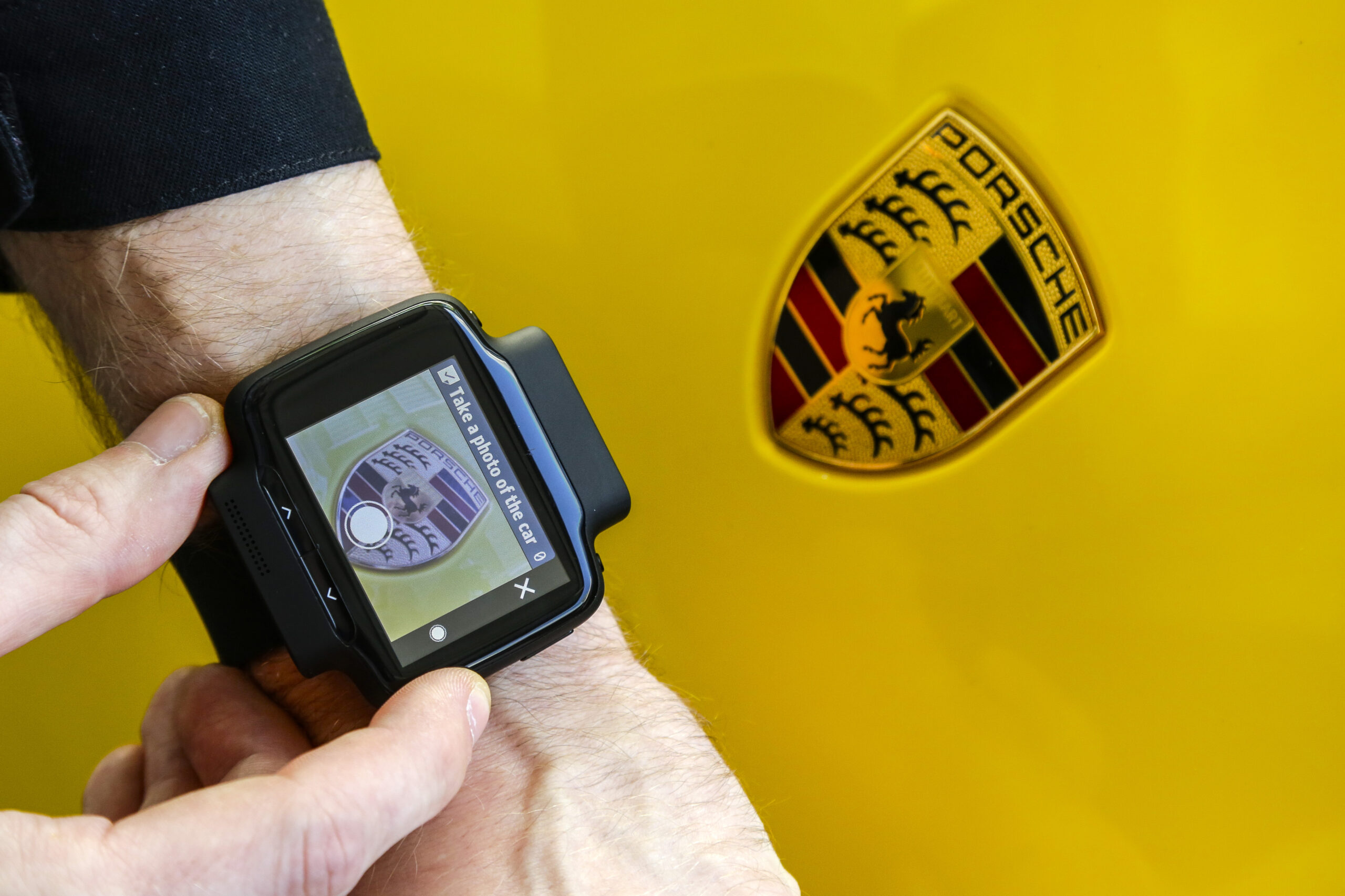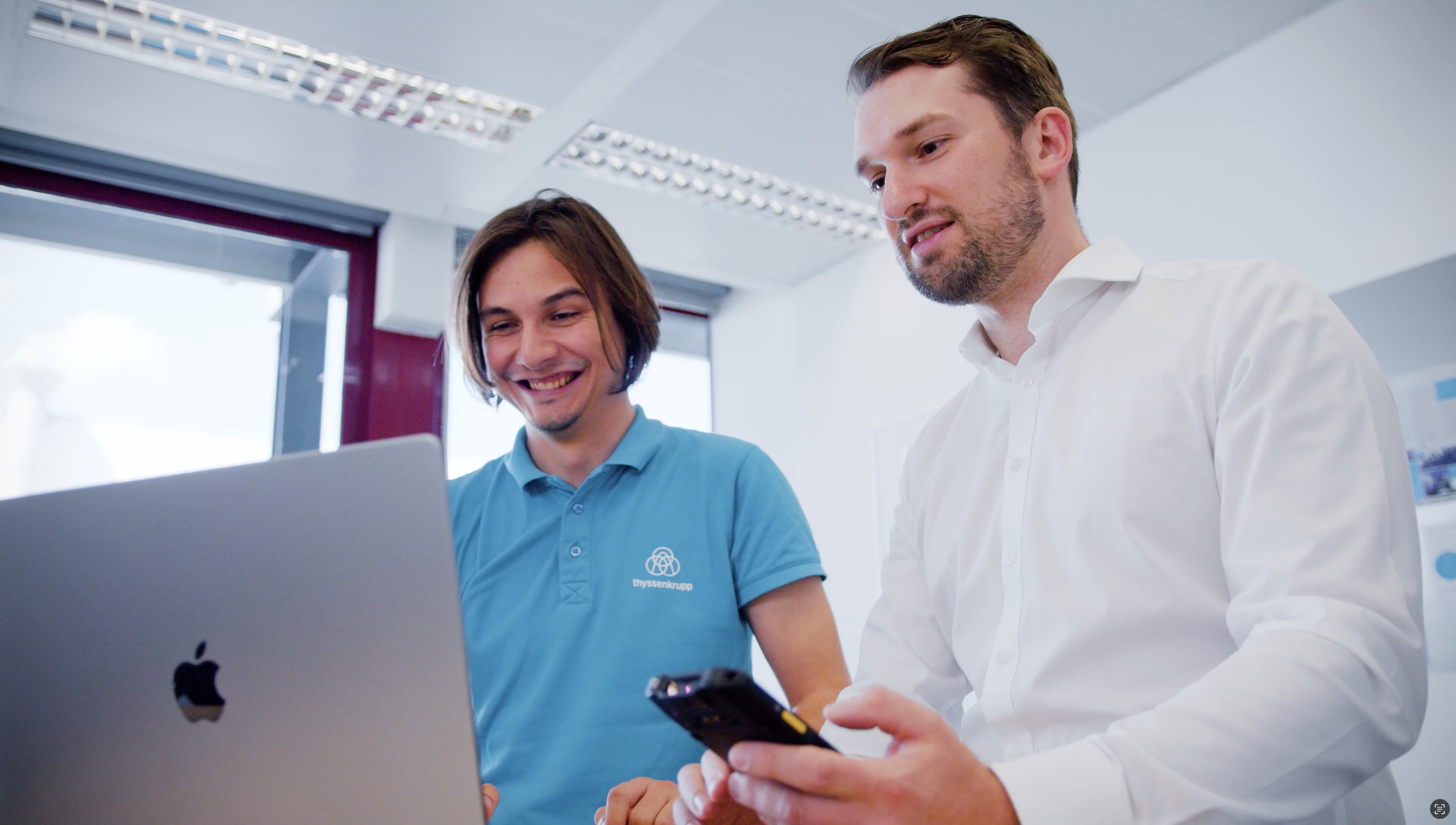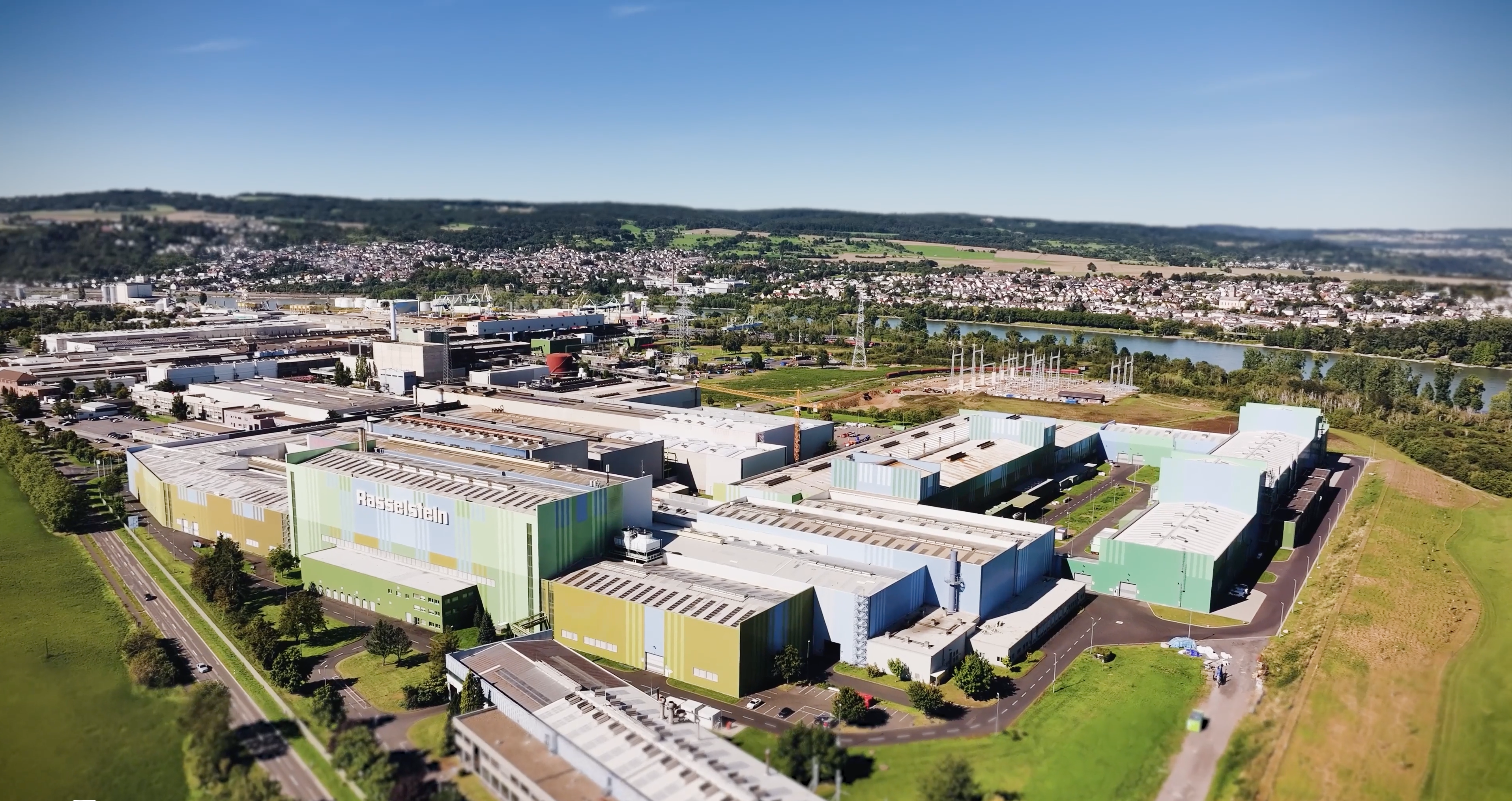The introduction of Connected Worker solutions in manufacturing heralds a transformative journey, necessitating a strategic approach to change management. This process is key to ensuring a smooth transition, acceptance, and optimization of new digital workflows.
Essential Elements of Change Management
Clear Communication: It’s crucial to communicate clearly and transparently. Explain the reasons for implementing Connected Worker solutions and emphasize their benefits to both individuals and the organization.
Involving Stakeholders: Engage stakeholders at all levels in the decision-making and implementation processes. This includes frontline workers, supervisors, and management, ensuring their insights are considered and concerns addressed.
Training and Skill Development: Equip the workforce with the necessary digital skills. Tailored training programs should cater to different roles, ensuring everyone feels confident and capable in using the Connected Worker solutions.
Identifying Change Champions: Find and empower change champions within the organization. These individuals will advocate for the benefits of the solutions, provide support to peers, and encourage a positive attitude towards the transformation.
Feedback Mechanisms: Establish feedback mechanisms from the start to capture insights and concerns from the workforce. This helps address issues promptly and demonstrates a commitment to continuous improvement.
Phased Solution Rollout: Consider a gradual rollout of Connected Worker solutions. This approach allows for smoother adaptation, reduces disruption risks, and provides opportunities for system fine-tuning based on initial feedback.
Celebrating Successes: Recognize and celebrate milestones and successes achieved through the implementation. This acknowledgment reinforces the value of the changes and motivates the workforce.
Integrating Change Management with Connected Worker Implementation
Needs Assessment: Conduct a thorough needs assessment to understand the specific challenges and opportunities within the organization that the solutions can address.
Tailored Training Programs: Develop training programs that are tailored to the needs of different user groups. Include hands-on workshops, simulations, and ongoing support to ensure a smooth transition.
Comprehensive Communication Plan: Develop a detailed plan outlining the objectives, benefits, and timelines of the Connected Worker implementation. Ensure consistent communication through various channels and at all company levels.
Human-Centric Approach: Involve end-users in the design and testing phases. Their input is invaluable in refining the user interface, identifying potential challenges, and building a sense of ownership.
Pilot Programs: Implement pilot programs in specific departments or areas of the factory for real-world testing, feedback collection, and adjustments before full-scale rollout.
Continuous Monitoring and Iteration: Establish mechanisms for continuous monitoring of user satisfaction, system performance, and overall impact. Regularly solicit feedback and make improvements based on the evolving needs of the workforce.
This strategic approach in change management is not just a one-time event but an ongoing process that evolves with the organization’s digital transformation journey. By prioritizing these foundations, organizations can foster a positive and adaptive culture, ensuring the successful integration of Connected Worker solutions into the manufacturing environment.




